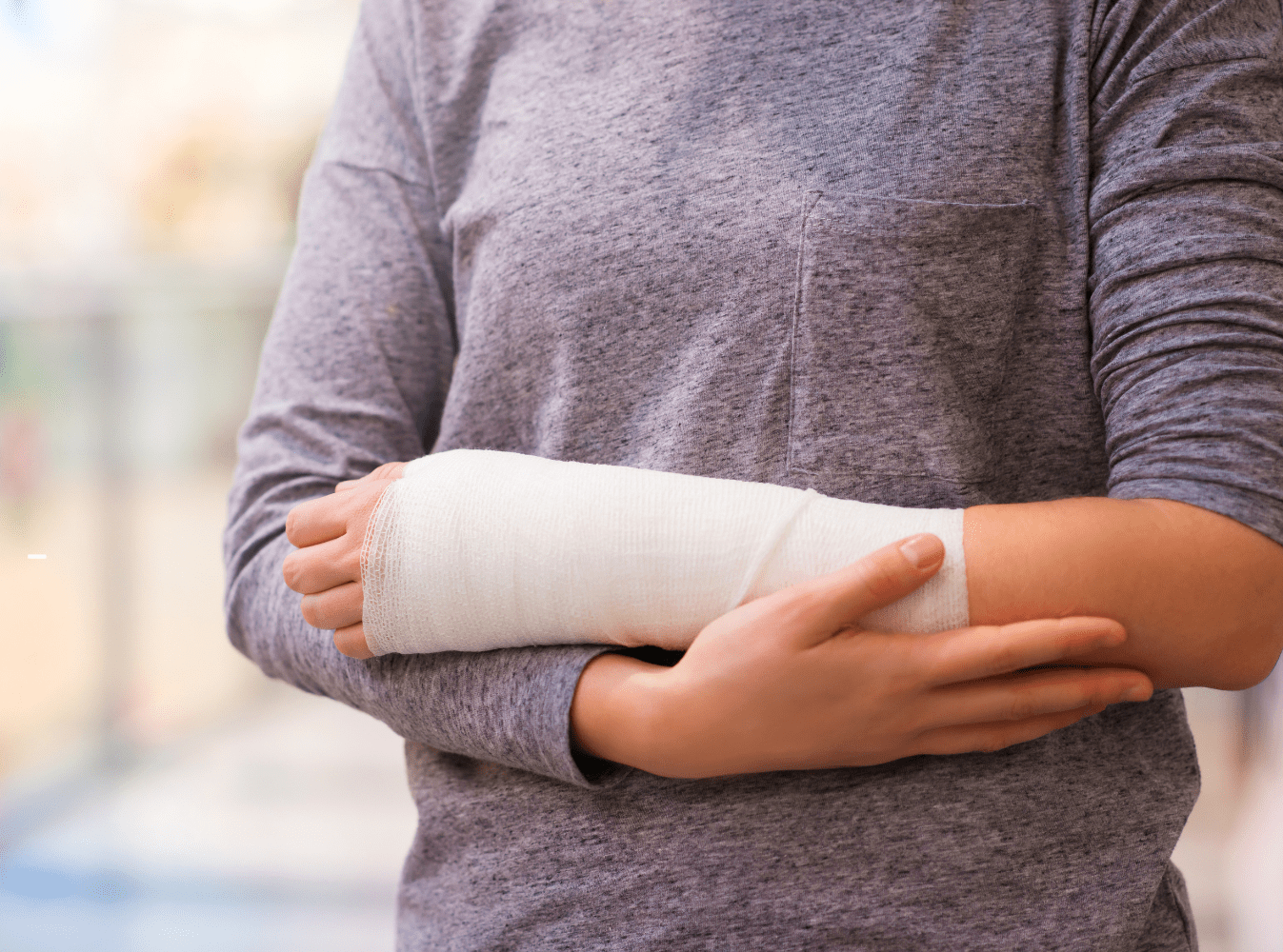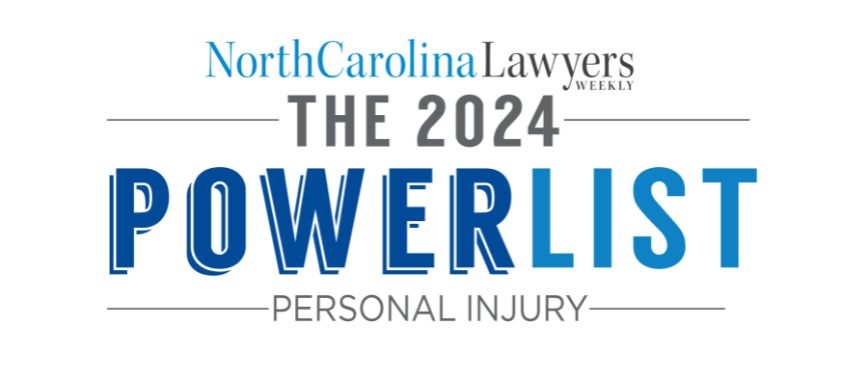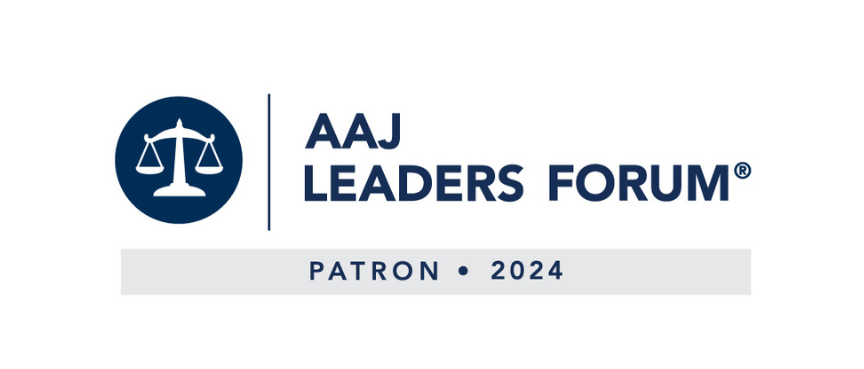Despite the evolution of vehicle safety features, car crashes still have the potential to cause innumerable injuries. The force of a car crash on the human body can leave occupants susceptible to crush injuries and broken bones. Depending on the speed and location of the accident, these injuries can range from incomplete fractures to open fractures. A broken bone in any part of the body is a painful consequence of car accidents. Contact Maginnis Howard for expert representation if you sustained a broken bone due to a negligent driver anywhere in the Carolinas.
Causes of a Broken Arm
Bone breaks are typically caused by the force of the crash, the body being hit with external objects, being thrown forward or backward in an unnatural way, having the limbs and bones twisted or bent unnaturally, being thrown from the car, or being crushed in the crash. Broken arms are extremely common in these cases.
The bones of the arm may break when a victim braces during a car accident and, as a result, absorbs much of the impact in that region. The impact may dislocate or fracture the bone. A fracture to any of these bones affects the victim’s ability to perform simple tasks and daily routines. These injuries may require a lengthy period of recovery.
Common Arm Fractures in Car Accidents
Three large bones make up the human arm. The humerus (upper arm), the radius (one of two forearm bones), and the ulna (a slightly longer forearm bone) are some of the longest bones in your body. While we typically think of bones as some of the strongest parts of our bodies, they are living tissue, and with enough force, they can break. Some of the most common arm bone fractures include:
- Oblique fractures describe a bone broken at an angle. They are typically found on long bones such as the humerus as a result of tremendous force.
- Transverse fractures, or complete fractures, break horizontally through the bone. This break requires intense force and can take weeks or months to heal.
- Comminuted Fractures are a severe category of fracture that describes a long bone broken in two or more places. The victim will need surgery and extended recovery time.
- Segmental fractures are similar to comminuted fractures in that the bone is broken in two or more places. However, segmental fractures also indicate that a section of the bone has separated from the rest entirely.
- Greenstick fractures are fractures in young bones, typically in infants or children. These fractures do not break all the way through the bone. Instead, this fracture is a crack or bend in the bone.
Symptoms of a Broken Arm
The symptoms of a broken arm depend on how and where the break occurred. If you experience an open fracture, you may see the broken bone poke through the skin. A closed fracture, however, can cause:
- Severe pain, which might increase with movement.
- Swelling
- Bruising
- A visibly bent arm or wrist
- Inability to turn your arm from palm up to palm down
If you have enough pain in your arm that you can’t use it normally, see a doctor right away. Delays in diagnosis and treatment of a broken arm, especially for children, who heal faster than adults, can lead to poor healing.
Treating a Broken Arm
A doctor can diagnose a broken arm with a physical exam and X-rays. Typically, the injury is treated with a cast to stabilize the area, and the patient is given painkillers. However, if there are multiple breaks, signs of nerve damage or blood vessel damage, or the bones have gone through the skin, surgery may be necessary.
Depending on the severity of the break, broken bone recovery can last up to six months. Children and young adults typically heal the fastest. Individuals with diabetes, osteoporosis, or other chronic diseases can experience complications during the healing process. If you believe a traumatic incident has caused a broken bone, you should get medical attention immediately.
Representation for Broken Arms
If you’ve suffered a broken arm in an accident caused by another driver’s negligence, you are entitled to compensation for your incurred damages. Maginnis Howard’s experienced personal injury attorneys have decades of experience handling complex car accident cases.
Maginnis Howard handles personal injury cases on a contingency basis. This means that you do not pay any attorneys’ fee unless and until we make a recovery on your behalf. You can find more information about the Maginnis Howard office closest to you on our contact page. We serve clients across North and South Carolina from our Charlotte, Raleigh, and Fayetteville offices.







